It’s Hydrogen Day—and yes, that has a lot to do with nuclear
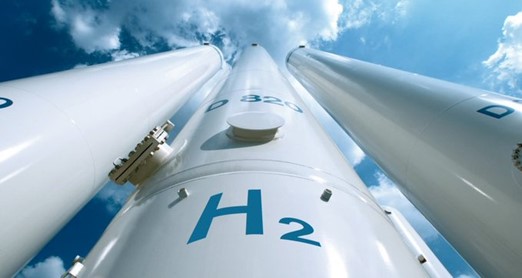
If you’re hearing for the first time that October 8 is Hydrogen Day, you might be wondering, “Why October 8?” and “What’s the connection to nuclear?”
ANS Nuclear Newswire has the answers.

A message from Electrical Builders, Ind.
America’s Top Performing Nuclear Plants Rely on Electrical Builders, Industries to Expand and Extend the Life of Their Critical Electrical Assets

If you’re hearing for the first time that October 8 is Hydrogen Day, you might be wondering, “Why October 8?” and “What’s the connection to nuclear?”
ANS Nuclear Newswire has the answers.
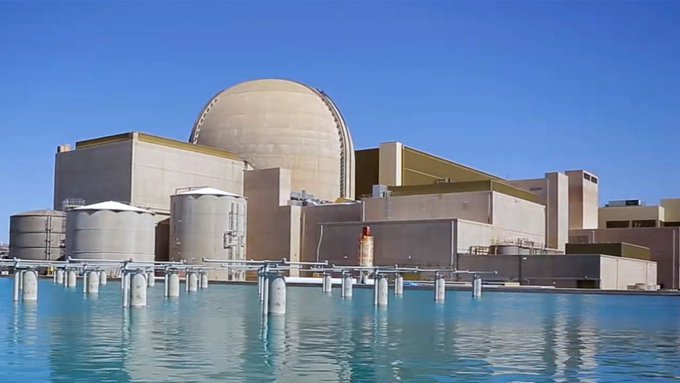
Arizona Public Service is the latest nuclear utility with confirmed plans to install hydrogen production capacity, an investment decision that is based on analysis conducted under the Department of Energy’s H2@Scale program and backed by a $20 million DOE award.

Exelon Generation announced yesterday that it is investing more than $300 million in capital projects at its Byron and Dresden nuclear plants in Illinois over the next five years and filling some 650 vacant positions across the state.
These actions are in response to Illinois Gov. J.B. Pritzker’s recent signing of S.B. 2408, the hard-won legislation that rescued the nuclear facilities from premature retirement.
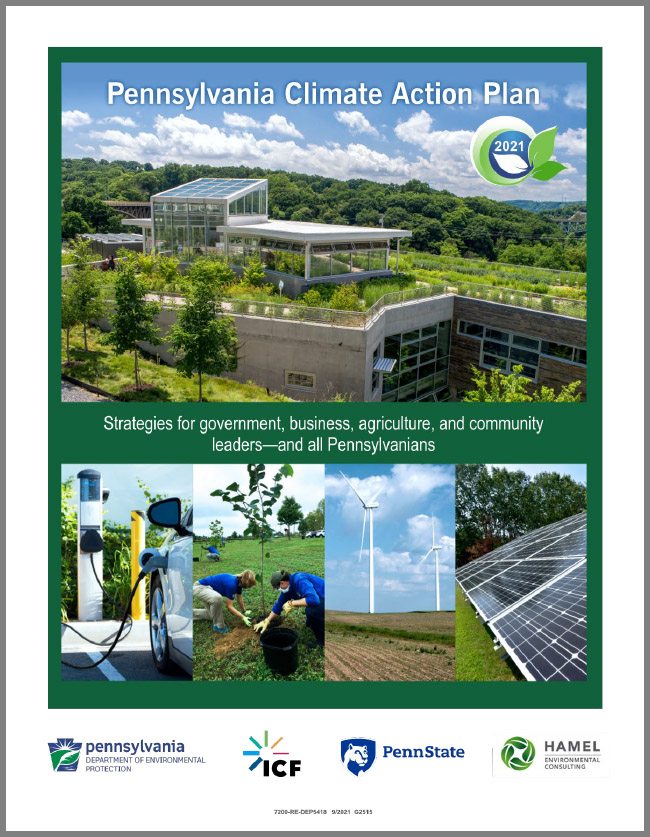 The 2021 Pennsylvania Climate Action Plan recommends 18 “strategies” for realizing Gov. Tom Wolf’s goal of an 80 percent reduction in the state’s greenhouse gas emissions (from 2005 levels) by 2050. Two of the strategies are for the electricity-generation sector: (1) maintain operation at Pennsylvania’s nuclear power plants through at least 2050, and (2) achieve a 100 percent carbon-free grid by 2050.
The 2021 Pennsylvania Climate Action Plan recommends 18 “strategies” for realizing Gov. Tom Wolf’s goal of an 80 percent reduction in the state’s greenhouse gas emissions (from 2005 levels) by 2050. Two of the strategies are for the electricity-generation sector: (1) maintain operation at Pennsylvania’s nuclear power plants through at least 2050, and (2) achieve a 100 percent carbon-free grid by 2050.
In addition to focusing on electric power generation, the plan includes strategies for other major carbon-emitting sectors in the fossil fuel–heavy state, including transportation, industry, agriculture, and residential and commercial buildings. For each strategy, emission reductions, costs, and benefits in jobs and economic growth are quantified and health and social benefits analyzed.
Having completed three separate decommissioning projects, EnergySolutions takes the final steps in restoring the sites to a natural state.

For any nuclear power plant that has been permanently shut down, site restoration is the ultimate decommissioning goal when contracting with a utility to demolish a facility. The task, however, is not as simple as mobilizing heavy equipment and waving a wrecking ball or planting explosives to implode the facility, then loading up the debris and sending it to a landfill.
There is a real science and engineering approach necessary to safely restore the land to its original state. That has been the goal for EnergySolutions over the past decade as the company works to safely decommission shuttered nuclear power plants—packaging, transporting, and disposing of the waste, and restoring the sites for whatever reuse the owners and host communities see fit.
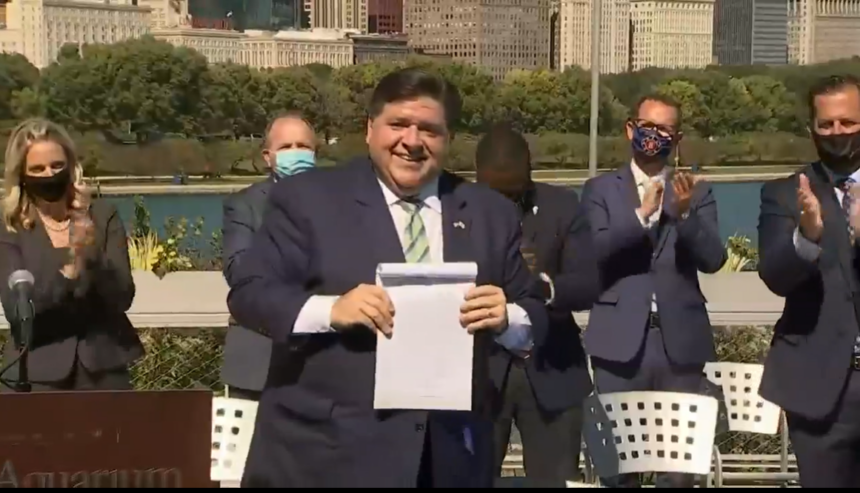
In an hour-long ceremony held yesterday at Chicago’s Shedd Aquarium amid some fanfare (it included an appearance by lizards, a snake, and a penguin), Illinois Gov. J.B. Pritzker signed into law the Climate and Equitable Jobs Act (S.B. 2408). The bill is a sweeping overhaul of the state’s energy policies aimed at phasing out fossil-fuel power generation and placing Illinois on a path to become a 100 percent carbon-free energy producer by 2050.
Governor J. B. Pritzker says he will sign the landmark legislation
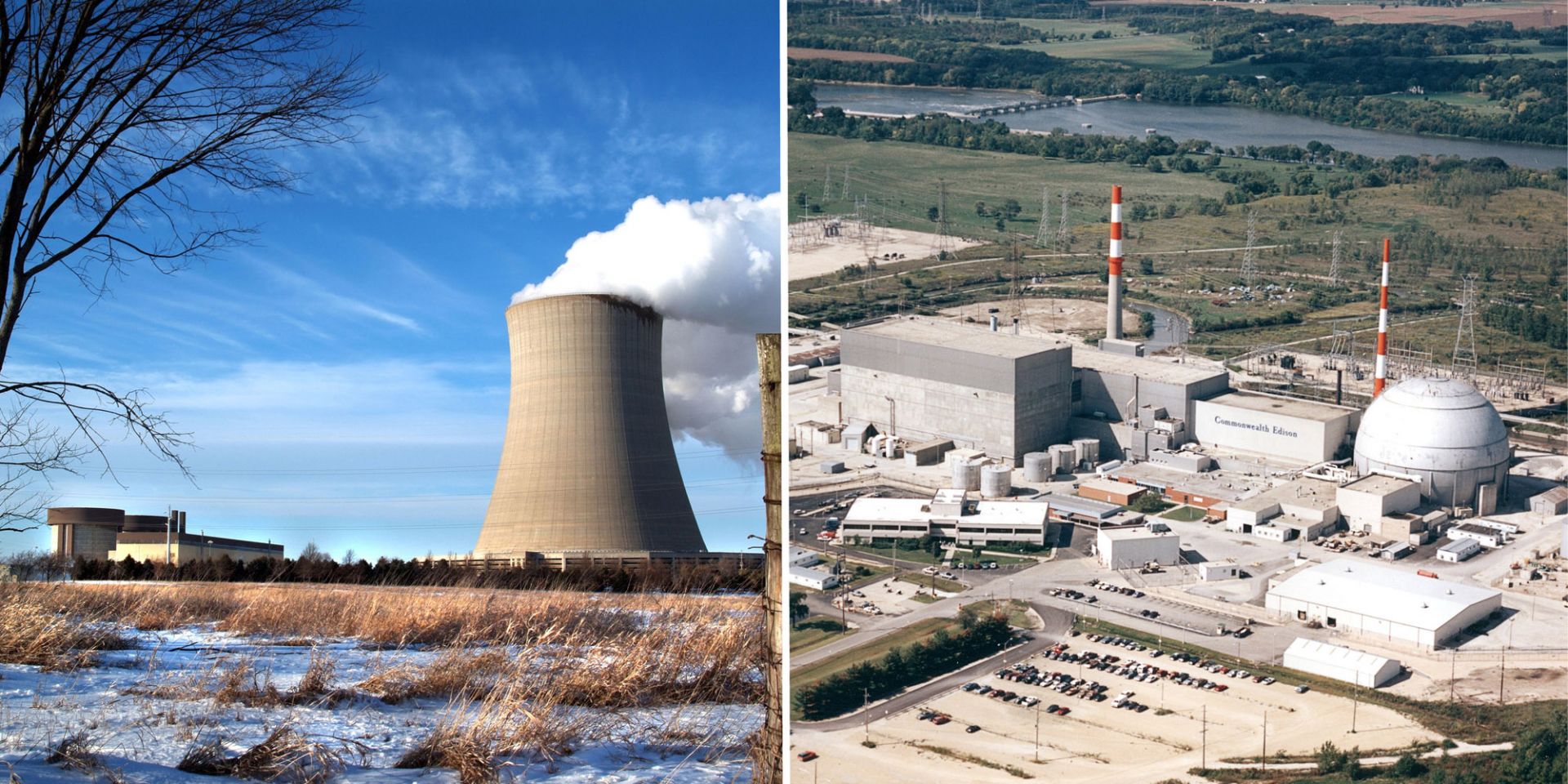
The yearlong, nail-biting drama over the fate of Exelon’s Byron and Dresden nuclear plants came to an end on Monday afternoon when the Illinois Senate gave its nod to S.B. 2408, a wide-ranging clean energy package that seeks to phase out fossil-fuel power generation in the state and place it on a path to 100 percent carbon-free energy by 2050.
Statement from American Nuclear Society President Steven Nesbit and Executive Director/CEO Craig Piercy on passage of Illinois Senate Bill 2408:
"The American Nuclear Society welcomes passage of legislation to secure Illinois' clean energy future by preventing the slated premature closures of Bryon and Dresden nuclear power plants. Over 4.3 gigawatts of irreplaceable carbon-free nuclear power and more than 1,500 jobs at the nuclear power plants have been saved.

Exelon’s Byron nuclear plant will be permanently shuttered in 10 days unless the Illinois House of Representatives passes the clean energy bill approved by the state’s Senate on September 1. And as the lower chamber is expected to convene for a special session sometime next week to consider the measure, ANS is encouraging members of Illinois’s nuclear community to make their position on the matter clear via ANS engage.
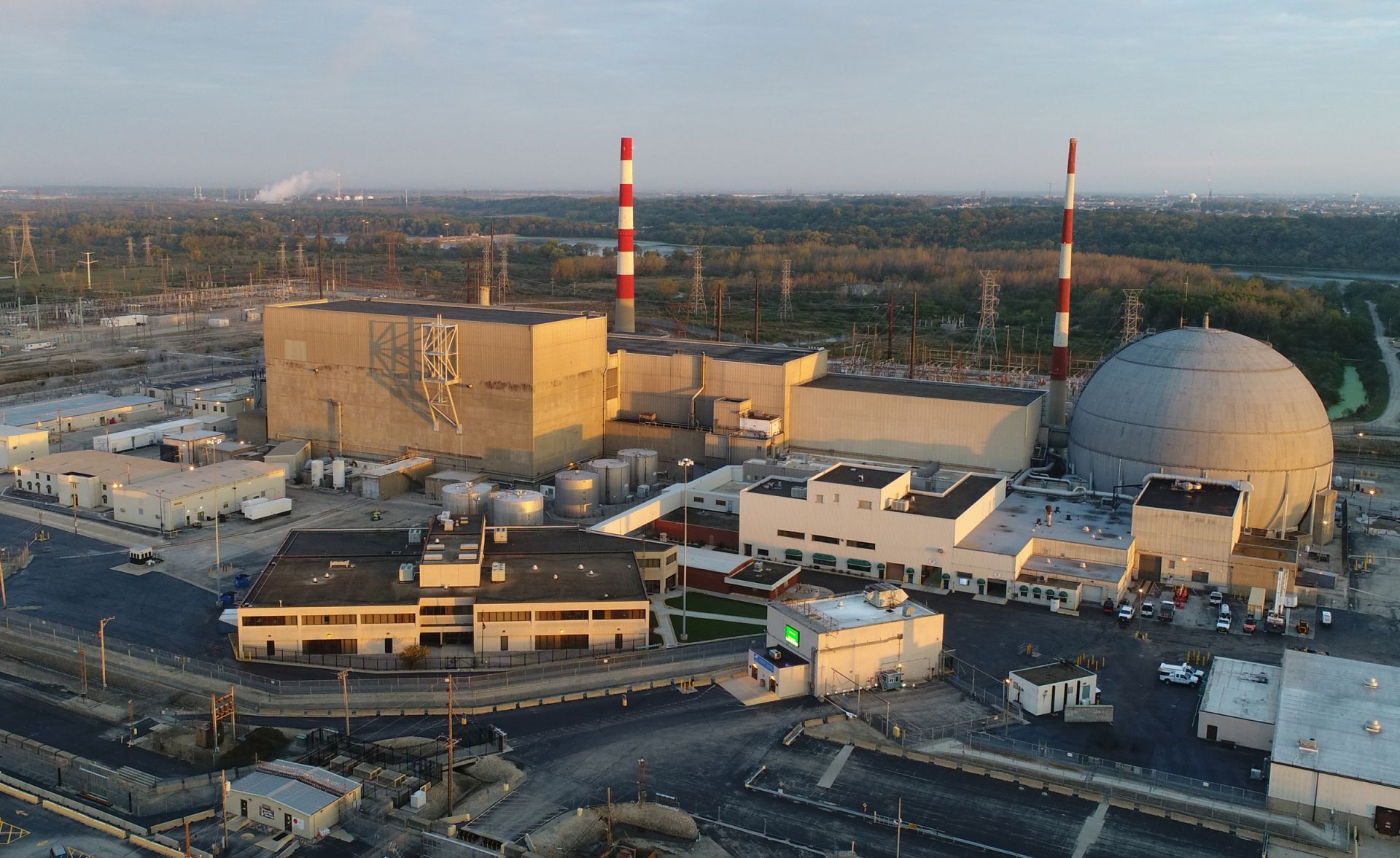
With essentially no time to spare, the Illinois Senate early this morning passed a clean energy omnibus package that includes $694 million in assistance to three of the state’s financially troubled nuclear plants: Braidwood, Byron, and Dresden. The vote was 39–16. (Both the Senate and House had returned to the capital on Tuesday for a one-day special session to consider legislative redistricting.)
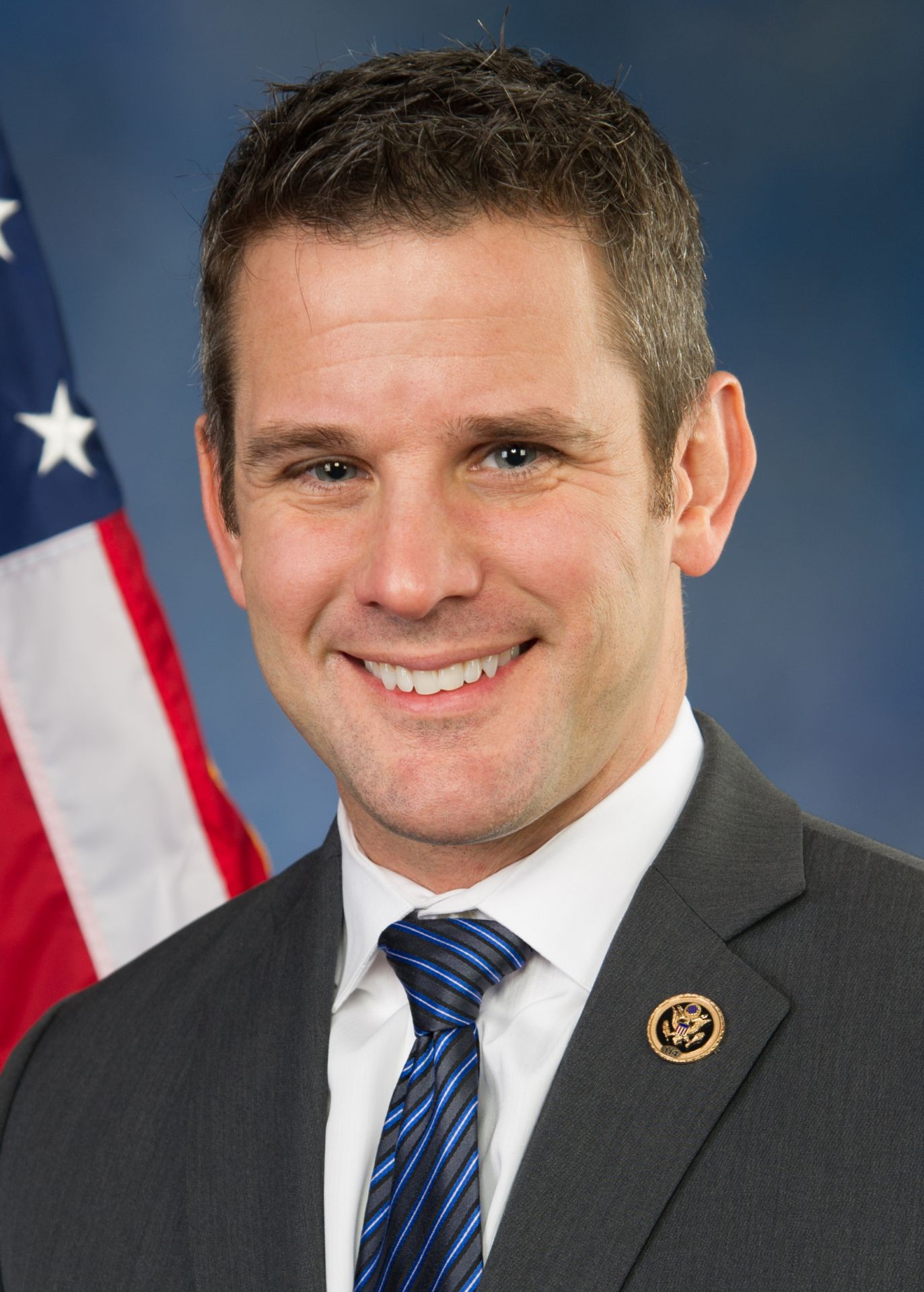
Kinzinger
With a note of desperation, Rep. Adam Kinzinger (R., Ill.) yesterday wrote a letter to President Biden and several top administration officials, asking them to consider the use of emergency powers to keep two Illinois nuclear power plants, Byron and Dresden, in operation, at least until state or federal laws are enacted to ensure their financial viability.
On June 16, the plants’ owner and operator, Exelon Generation, filed a deactivation notice for the two Byron units with grid operator PJM Interconnection. The requested deactivation dates for Byron-1 and -2 are September 14 and 16, respectively.
Exelon announced in August of last year that it would close the economically challenged Byron and Dresden facilities in the fall of 2021 without some form of state aid to provide compensation for their clean power.
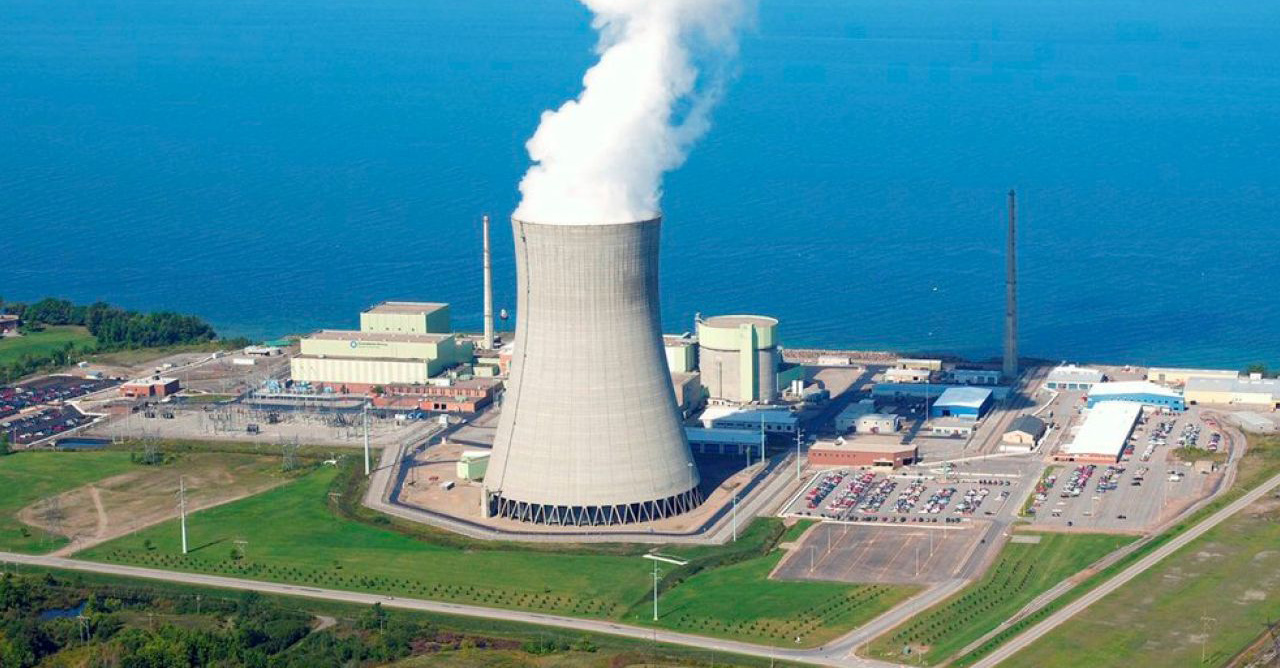
Exelon Generation has received a grant from the Department of Energy to explore the potential benefits of on-site hydrogen production and has chosen its Nine Mile Point nuclear power plant as the demonstration site, the company announced on Wednesday. (In 2019, Exelon received a conditional commitment from the DOE to co-fund a hydrogen electrolyzer demonstration at a nuclear plant.) Located in Scriba, N.Y., Nine Mile Point consists of two boiling water reactors—the 620-MWe Unit 1 and the 1,287-MWe Unit 2.
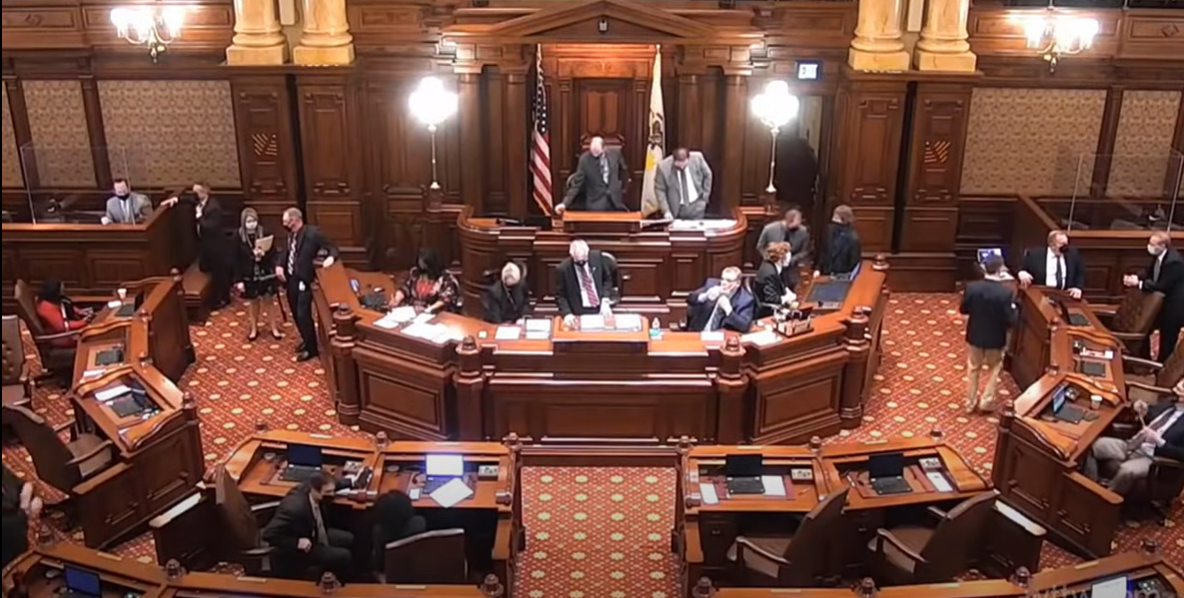
Yesterday, a television news program, Chicago Tonight, shined the spotlight on the financial troubles and potential shutdown of two of Illinois’s six nuclear power plants. The host of the show introduced the issue by stating, “Illinois lawmakers may be back in Springfield [the state’s capital] soon for a second extra session [to] strike a deal on a massive energy package.” Readers of Nuclear News might be thinking, “It’s about time!”

Steven P. Nesbit
Stories are unfolding (or have unfolded) in three of our key states that illustrate the challenges facing the backbone of our country’s clean, reliable electricity generation infrastructure. I write, of course, about existing nuclear power plants. On the East Coast, New York is a done deal. Indian Point-3 shut down on April 30. The state authorities are banking on offshore wind to pick up the slack. They shrug off the cost and intermittency challenges associated with deploying wind power. We’ll see.

Marzano
The American Nuclear Society has selected Matthew Marzano to serve as the 2022 Glenn T. Seaborg Congressional Science and Engineering Fellow. Marzano is a senior reactor operator at Exelon Generation’s Braidwood nuclear power plant in Braidwood, Ill.
“Matt is in a unique position to provide significant technical assistance to the U.S. Congress on nuclear energy, particularly now as there are important discussions that will shape the future of U.S. energy policy,” said Harsh S. Desai, chair of the ANS Congressional Fellowship Committee and a former congressional fellow himself.
“Members of Congress and their staff will greatly benefit from Matt’s depth of experience in commercial and defense nuclear power plant operations,” Desai said. “The fellowship will also be an opportunity for Matt to develop his policy expertise and learn ‘how the sausage is made.’”
A $6 billion lifeline for struggling U.S. nuclear power plants is reportedly included in the nearly $1 trillion bipartisan infrastructure bill currently being mulled over in the U.S. Senate, but it won’t be thrown in time to rescue Illinois’s Byron and Dresden plants, according to owner and operator Exelon.
In an August 4 statement on second-quarter earnings, Exelon’s president and chief executive officer, Chris Crane, noted that while his company is encouraged by the growth of federal support for policies that acknowledge the value of nuclear’s clean energy generation, “passage of legislation remains uncertain and, regardless, will come too late to save our Byron and Dresden plants from early retirement this fall. While we remain hopeful that a state solution will pass in time to save the plants, clean energy legislation in Illinois remains caught in negotiations over unrelated policy matters, leaving us no choice but to continue down the path of closing the plants.” (Last August, Exelon announced its intention to prematurely retire Byron and Dresden, citing longstanding economic pressures. Last week, the company filed decommissioning plans for the two nuclear facilities.)
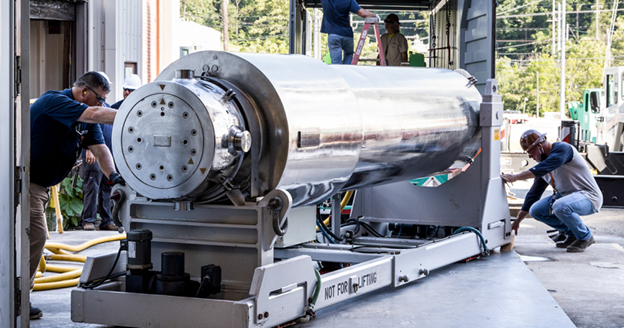
Several lead test rods of Westinghouse’s EnCore accident tolerant fuel recently arrived at Oak Ridge National Laboratory for post-irradiation examination over the next year in support of the Nuclear Regulatory Commission’s licensing process. The rods were installed in 2019 in Exelon’s Byron-2, a 1,158-MWe pressurized water reactor, and were removed in fall 2020 and prepared for shipment to ORNL.

In what could be viewed as a rather pointed message to Illinois lawmakers that time is running out to pass legislation providing a lifeline to the state’s Byron and Dresden nuclear plants, Exelon Generation this morning announced that it would file post-shutdown decommissioning activities reports (PSDARs) today with the Nuclear Regulatory Commission. The PSDARs detail long-term site restoration plans for the facilities, both of which are scheduled to shut down for good this fall—first Byron, in September, then Dresden, in November.

Czerwinski
Writing in today’s suburban Chicago Daily Herald, Madison Czerwinski, executive director of Campaign for a Green Nuclear Deal, warns of the damage to Illinois’s clean energy aspirations should the state’s policymakers fail to agree in time on legislation providing some form of aid to Exelon’s imperiled Byron and Dresden nuclear plants, both of which are slated for closure later this year. (And “in time” in this case means the next few weeks.)
Czerwinski notes in a guest column that despite the executive order signed by Gov. J.B. Pritzker in January 2019 committing Illinois to reducing greenhouse gas emissions consistent with the Paris climate agreement, electricity emissions in the state are up from last year by 36 percent—a number that will only grow in the event an acceptable bill is not forthcoming.
 Carbon dioxide emissions from the U.S. power sector fell 10 percent between 2019 and 2020, according to the 17th and latest edition of Benchmarking Air Emissions of the 100 Largest Electric Power Producers in the United States, which was released last week. The drop is the largest year-over-year decrease in greenhouse gas emissions since the initial report was issued in 1997. Further, CO2 emissions are shown to be down 20 percent from 1990 levels and 40 percent from their 2007 peak.
Carbon dioxide emissions from the U.S. power sector fell 10 percent between 2019 and 2020, according to the 17th and latest edition of Benchmarking Air Emissions of the 100 Largest Electric Power Producers in the United States, which was released last week. The drop is the largest year-over-year decrease in greenhouse gas emissions since the initial report was issued in 1997. Further, CO2 emissions are shown to be down 20 percent from 1990 levels and 40 percent from their 2007 peak.
The 48-page analysis—which combines generation and fuel consumption data from the Energy Information Administration with emissions data on CO2, sulfur dioxide (SO2), nitrogen oxides (NOx), and mercury from the Environmental Protection Agency—was authored by M.J. Bradley & Associates, a consulting firm focused on energy and environmental issues. Listed as “contributors” to the report are Bank of America, the nonprofit organization Ceres, energy producers Entergy and Exelon, and the Natural Resources Defense Council.